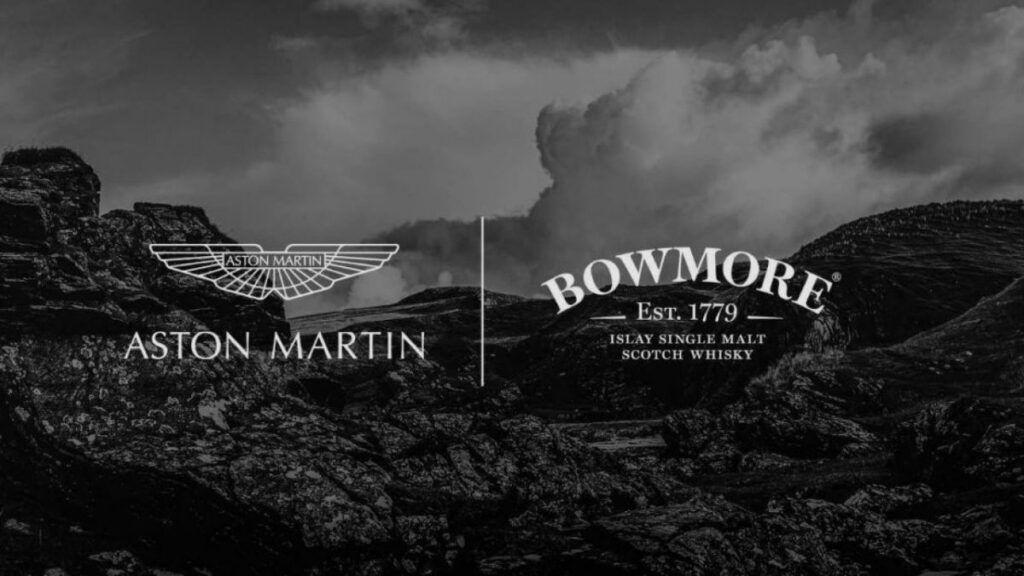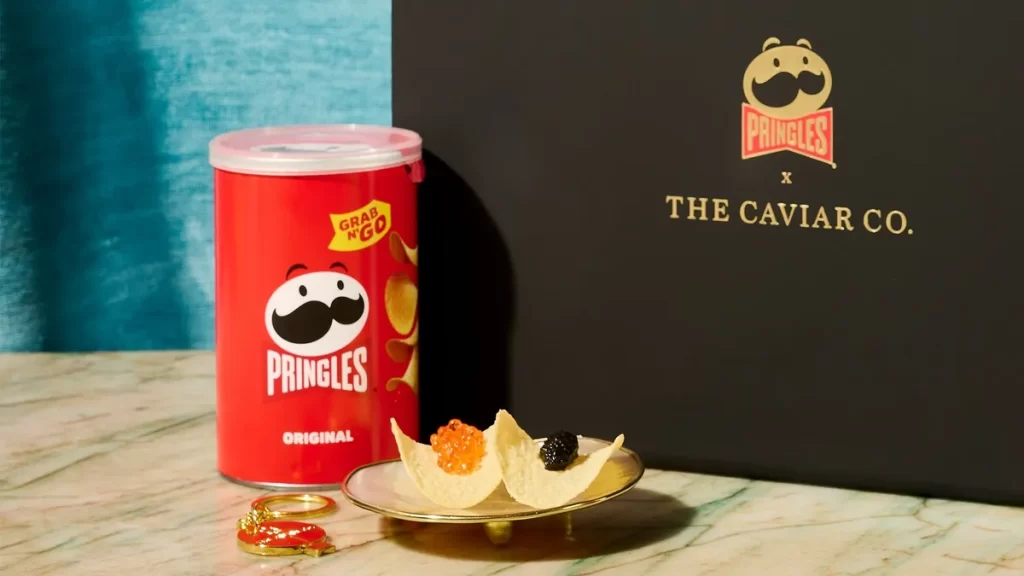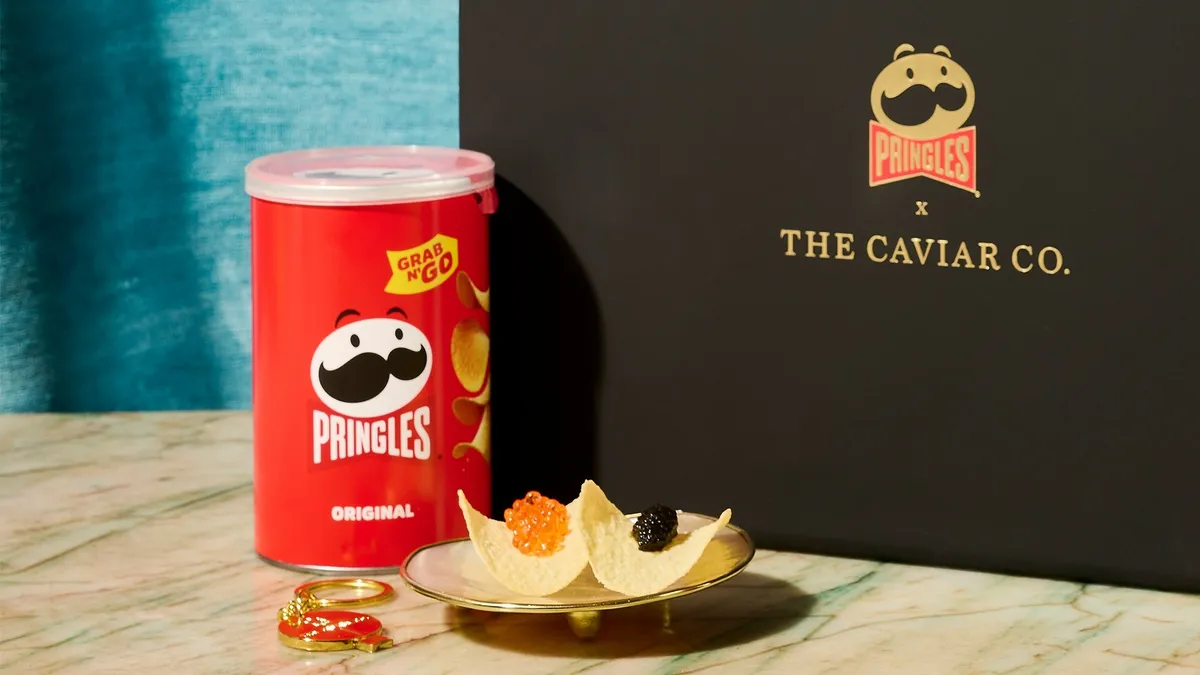In today’s dynamic business landscape, forging strategic partnerships can be a game-changer for brands looking to expand their reach, enhance their offerings, and drive growth. Collaborating with other brands allows companies to tap into new markets, share resources, and create unique value propositions that resonate with customers. Here’s how to leverage partnerships effectively for mutual benefit.
The Benefits of Brand Partnerships
Brand partnerships offer numerous advantages, including:
- Expanded Reach: Partnering with a brand that has a different customer base can help you reach new audiences and increase brand visibility.
- Shared Resources: Pooling resources such as marketing budgets, distribution channels, and expertise can lead to more efficient operations and cost savings.
- Enhanced Credibility: Associating with a reputable brand can boost your brand’s credibility and trustworthiness in the eyes of consumers.
- Innovative Offerings: Collaborations can lead to the creation of unique products or services that neither brand could develop independently.

How to Identify the Right Partners
Selecting the right partners is crucial for a successful collaboration. Here are some tips to help you identify potential partners:
1. Align Values and Goals
Ensure that your potential partner shares similar values and business goals. This alignment will create a strong foundation for a successful partnership and ensure that both brands are working towards common objectives.
2. Complementary Strengths
Look for brands that have strengths that complement your own. For instance, if you excel in product innovation but lack marketing prowess, partnering with a brand known for its marketing expertise can be highly beneficial.
3. Audience Overlap
Identify brands that cater to a similar target audience but offer different products or services. This overlap can help both brands expand their customer base without direct competition.
Strategies for Successful Collaboration
Once you’ve identified potential partners, consider these strategies to ensure a successful collaboration:
1. Clear Objectives and Roles
Define clear objectives for the partnership and outline the roles and responsibilities of each brand. This clarity will help avoid misunderstandings and ensure that both parties are on the same page.
2. Co-Branding Opportunities
Explore co-branding opportunities such as joint marketing campaigns, co-branded products, or shared events. Co-branding can create a sense of unity and amplify the impact of your collaborative efforts.
3. Leverage Each Other’s Strengths
Maximize the strengths of each brand to create a more powerful partnership. For example, if one brand has a strong online presence while the other excels in retail, combine these strengths to create a comprehensive strategy that covers both digital and physical channels.
4. Monitor and Evaluate
Regularly monitor the progress of your partnership and evaluate its impact on your business goals. This ongoing assessment will help you identify any areas for improvement and ensure that the collaboration remains mutually beneficial.
Case Study: Pringles and The Caviar Co. Collaboration

A notable example of a successful limited edition product launch is the collaboration between Pringles and The Caviar Co. In 2023, Pringles introduced the “Crisps and Caviar Collection,” a luxurious yet playful pairing of their iconic crisps with high-quality caviar. This collaboration was inspired by a viral TikTok trend that garnered over 10 billion views, where users combined Pringles with caviar for an upscale snacking experience.
Strategy and Execution
- Social Media Inspiration: The collaboration capitalized on the viral TikTok trend, ensuring the product would resonate with a wide audience.
- Tiered Offerings: Three distinct kits were offered at different price points:
- Smoky Shores ($49): Sour Cream & Onion Pringles with Smoked Trout Roe and crème fraîche.
- Salt of the Sea ($110): Original Pringles paired with Classic White Sturgeon Caviar and crème fraîche.
- Crisps and Caviar Flight ($140): A combination of Original, Sour Cream & Onion, and BBQ Pringles with both types of caviar.
- Marketing and Promotion: The collection was promoted through a mix of traditional and digital marketing channels, including social media campaigns and collaborations with influencers.
Results
- Increased Sales: The collection saw high demand, with the “Crisps and Caviar Flight” being the top-selling kit, making up 56% of the sales.
- Brand Engagement: The collaboration generated significant buzz on social media, particularly on TikTok, where users shared their experiences with the kits.
- Enhanced Brand Loyalty: The unique and high-quality offering appealed to both new and loyal customers, enhancing their connection to the Pringles brand.
Conclusion
Leveraging partnerships is a strategic approach that can drive growth, enhance brand value, and create unique offerings for consumers. By carefully selecting partners, defining clear objectives, and leveraging each other’s strengths, brands can achieve mutual benefits and long-term success.
At GroupMCC, we specialize in providing comprehensive retail, sales, marketing, and commercial solutions to help your brand thrive. Contact us today to learn how we can help you identify and leverage strategic partnerships for your business success.

